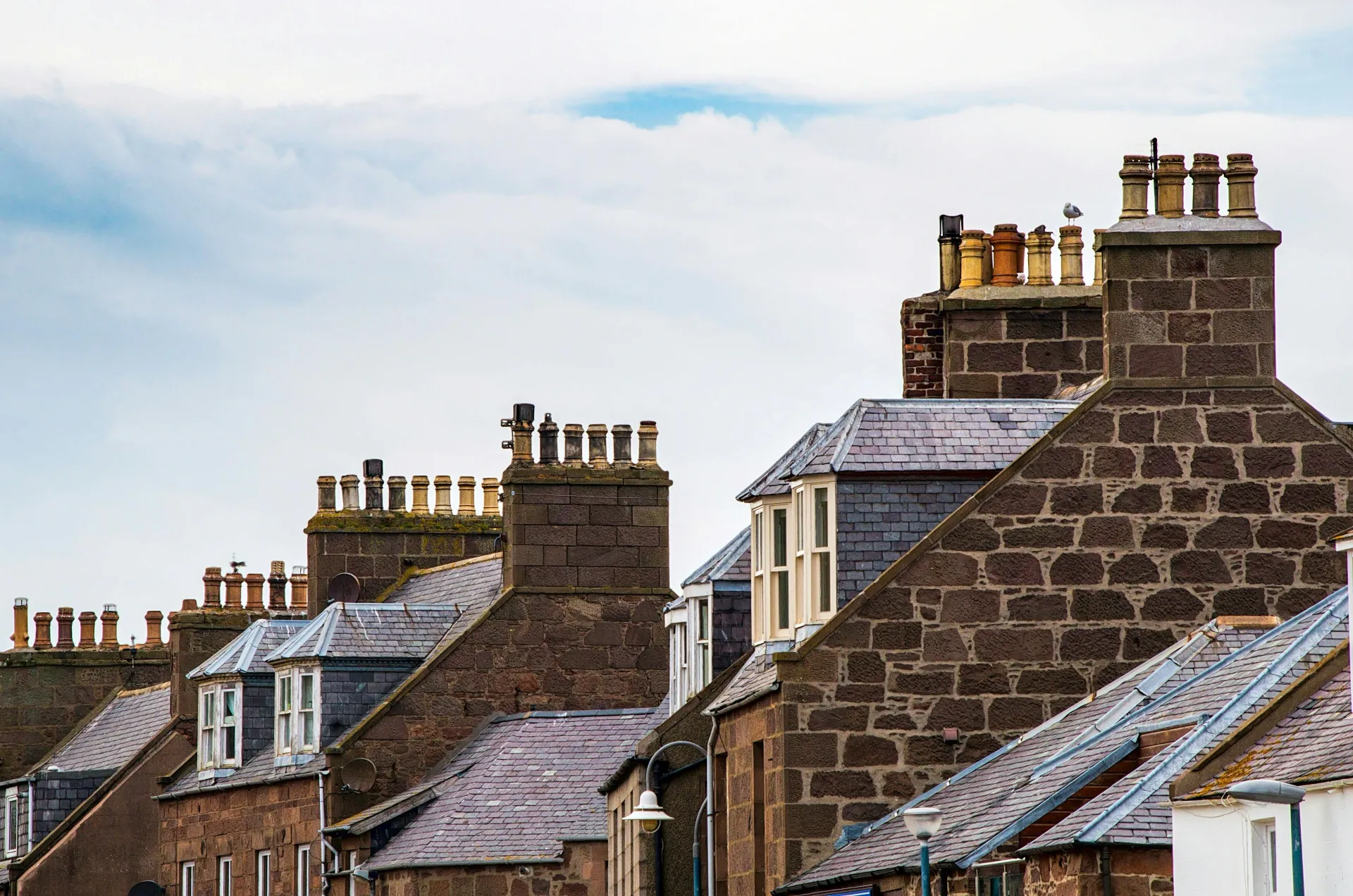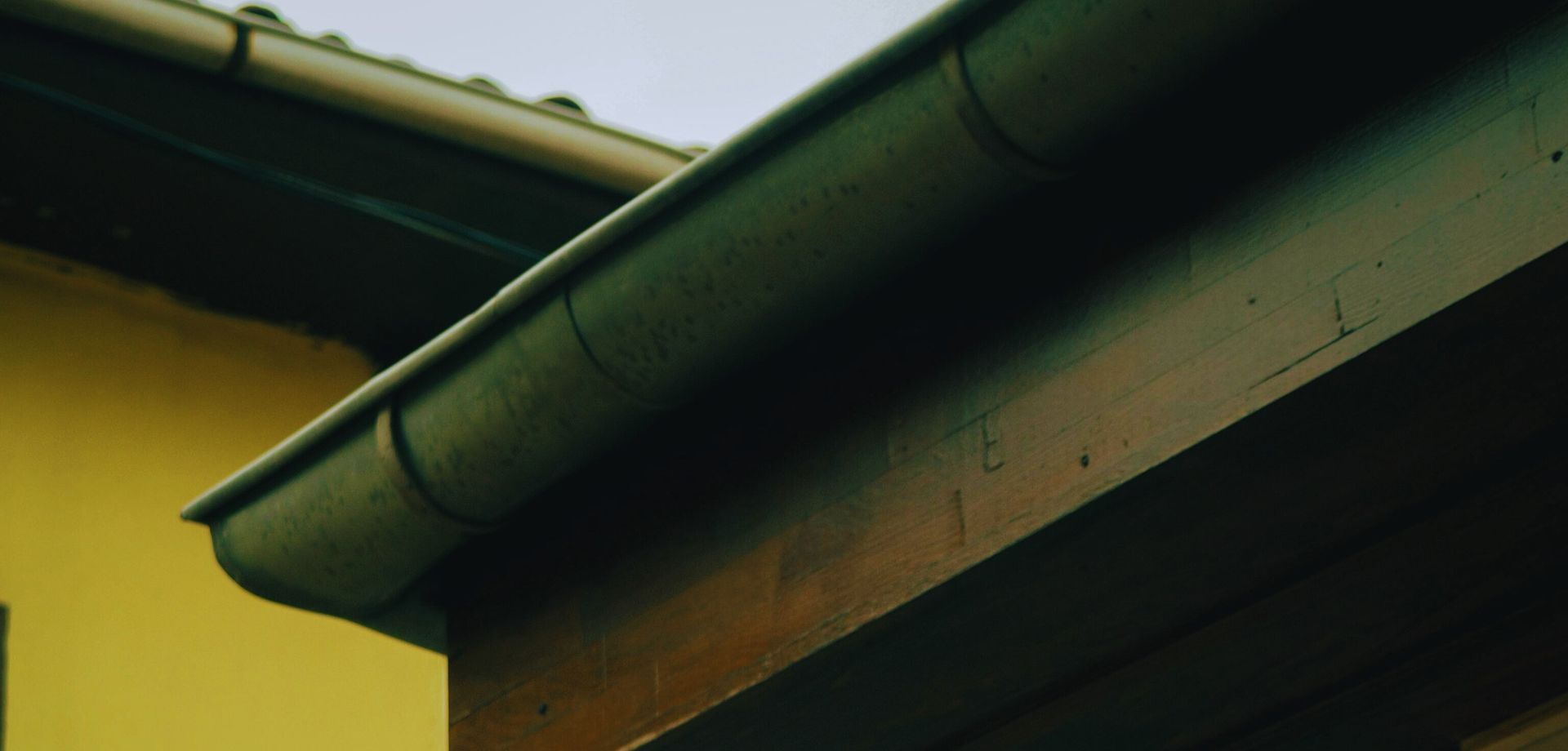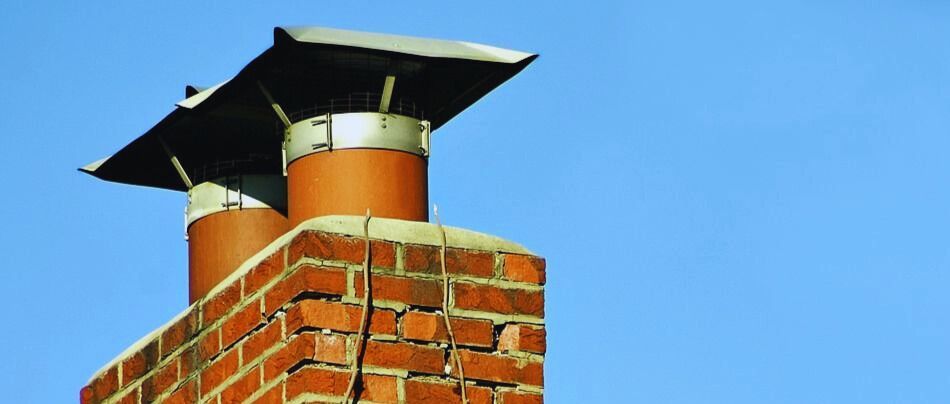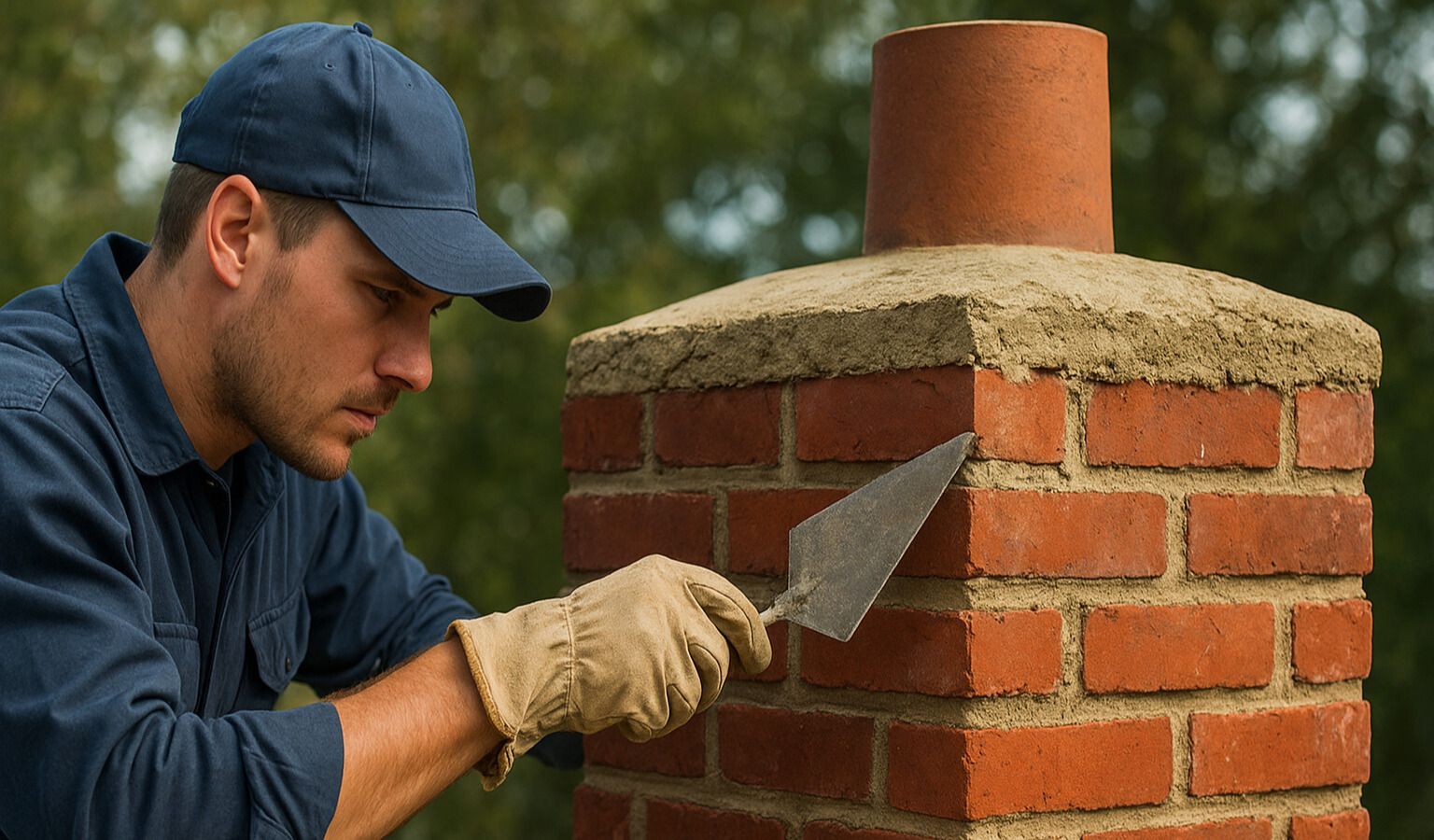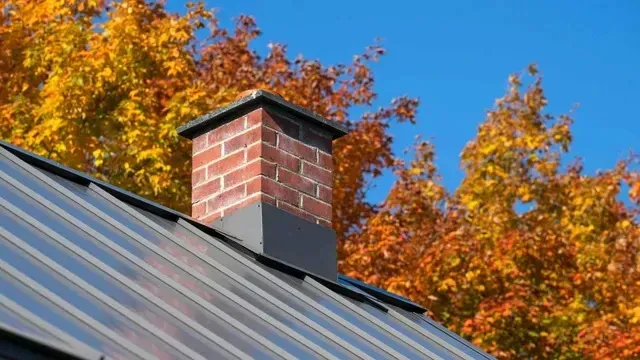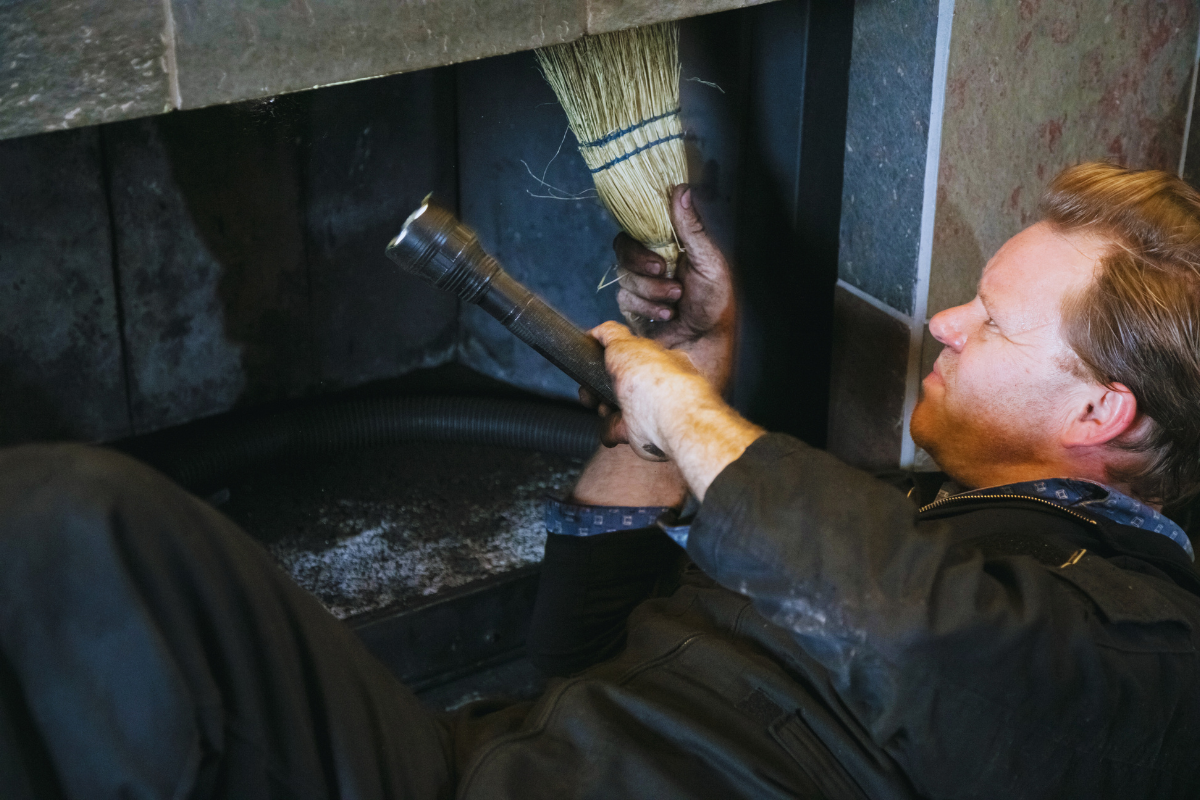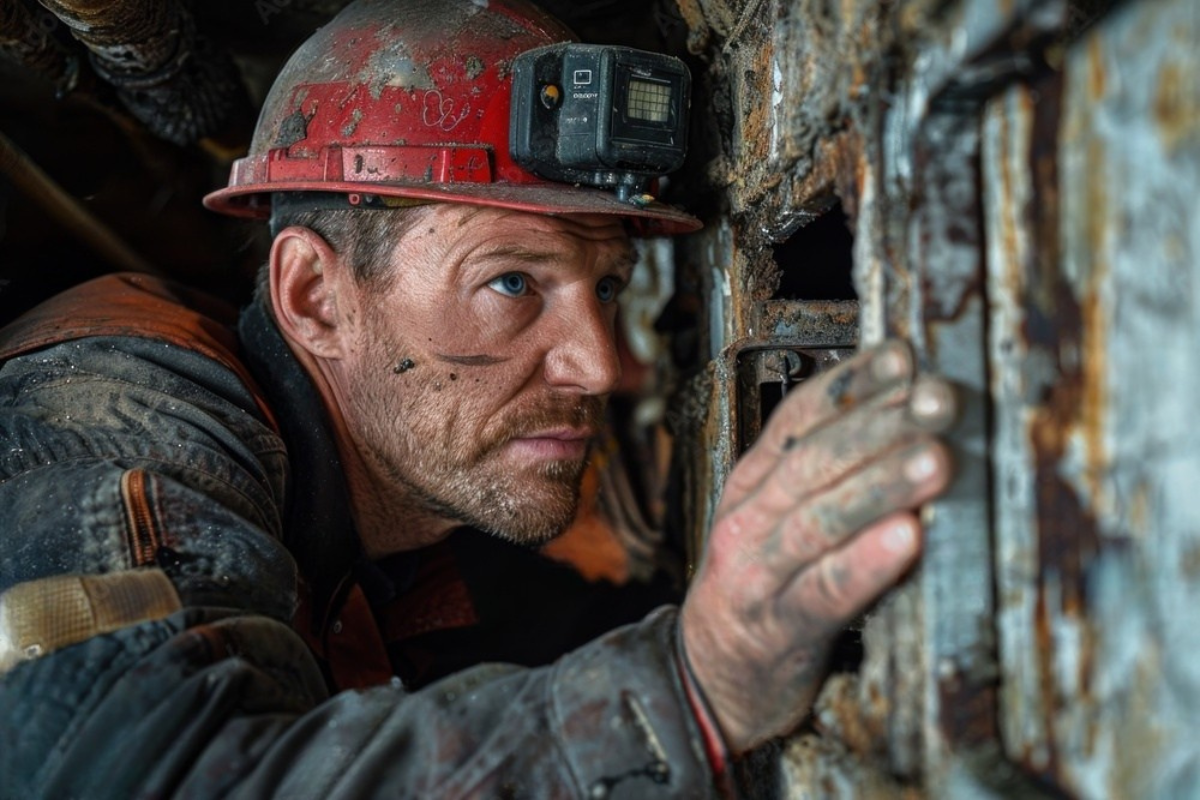Removing a chimney might sound like the perfect solution to get rid of an old, crumbling structure—but hold that thought. In many cases, the right fix isn’t demolition. It’s restoration. Specifically, tuckpointing. This centuries-old masonry technique can restore both the strength and charm of your chimney at a fraction of the cost and effort of full removal. So before you take a sledgehammer to a part of your home’s legacy, let’s explore why tuckpointing may be your best bet.
Tuckpointing is often misunderstood. Yet, it’s one of the most effective ways to breathe new life into deteriorating brickwork, ensuring safety, appearance, and long-term durability. Done right, it makes chimneys—and the homes attached to them—look and function like new again.
Let’s explore why this technique deserves your attention before you consider something as drastic as removal.
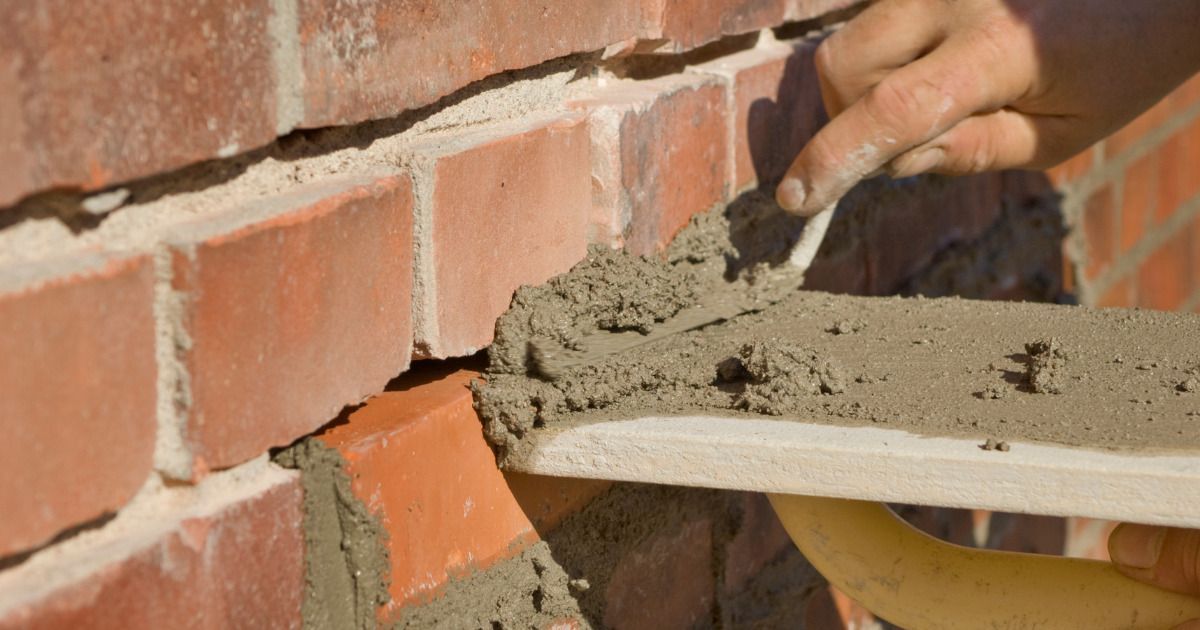
What Is Chimney Tuckpointing and Why It Matters
Tuckpointing involves removing old, decaying mortar between bricks and replacing it with new, precision-colored mortar to blend beautifully with the existing structure. More than just a cosmetic fix, it’s a structural one. Mortar is the glue that holds your chimney together. Over time, that glue can crumble under the weight of years, storms, heat, and freeze-thaw cycles.
Think of tuckpointing as surgery for your chimney—restorative, not destructive. It retains the existing bricks (which are often in decent shape) and replaces only the failing mortar. This approach helps avoid a complete chimney teardown, which can be expensive, messy, and time-consuming.
The True Cost of Chimney Removal vs. Tuckpointing
Let’s break it down.
Factor Chimney Removal Tuckpointing
Cost $4,000–$15,000+ $500–$2,500
Time Multiple days/weeks 1–2 days
Mess/Debris High Minimal
Permits Required Often Rarely
Structural Impact Major None
Value Impact Negative (loss of feature) Positive (restored appeal)
The comparison is striking. Tuckpointing gives you a strong, beautiful chimney without the headache of permits, demolition dust, or losing a historical home feature.
Signs Your Chimney Might Need Tuckpointing, Not Removal
- Mortar is powdery or flaking
- Bricks are wobbly or displaced, but not cracked
- Water leaks near the chimney base
- Visible gaps between bricks
- White, chalky staining on brick (efflorescence)
- Recent roof work but mortar still looks rough
These signs don’t mean you need to remove your chimney—they scream for a skilled tuckpointer.
Aesthetic Revival: Make Your Chimney Look New Again
Let’s be honest—no one wants an ugly, crumbling chimney poking out of their roofline. Tuckpointing brings back the crisp, clean look of perfectly aligned mortar joints. It can make even a century-old chimney look like it was built yesterday.
Besides that visual upgrade, it adds curb appeal that future buyers will notice—and appraisers will reward.
Structural Integrity: Keep Your Fireplace and Home Safe
Failing mortar compromises the structure. In extreme cases, chimney bricks can fall—onto your roof, into your fireplace, or worse, onto unsuspecting pedestrians. Tuckpointing addresses this danger swiftly, reinforcing your chimney before collapse becomes a risk.
Environmental Considerations: Preserve, Don’t Demolish
Removing a chimney means sending bricks and mortar to the landfill. Tuckpointing conserves resources by preserving what’s still functional. It’s the sustainable choice in an era where restoration wins over wrecking balls.
Chimney Service You Can Trust in Portland
If you’re in Portland, don’t guess your way through chimney repairs. Connect with a reputable professional by visiting this trusted Chimney Service. Their tuckpointing expertise could save your chimney and your wallet.
How to Contact a Local Chimney Professional
Ready to schedule an inspection or get a quote? Reach out via the Contact page and take the first step toward a better chimney.
FAQs
Is tuckpointing cheaper than chimney removal?
Yes, significantly. Tuckpointing usually costs 75%–90% less than full removal.
How long does chimney tuckpointing last?
With proper materials and workmanship, it can last 20–30 years or more.
Can I do tuckpointing myself?
While possible, it's not advisable unless you're skilled in masonry. Poor work can lead to leaks and instability.
Will insurance cover chimney tuckpointing?
Sometimes, if damage is due to storm or covered events. Check your policy.
What’s the difference between tuckpointing and repointing?
Tuckpointing is decorative and structural. Repointing is purely structural—removing and replacing mortar.
Is chimney tuckpointing safe during winter?
It's possible, but not ideal. Mortar requires certain temperatures to cure properly.
Conclusion
If you’re thinking about removing your chimney, hit the brakes. Tuckpointing could be the restoration miracle your home needs. It’s cost-effective, fast, eco-conscious, and structurally sound. Before you decide to demolish, speak with a local chimney professional, weigh your options, and give your home the care it deserves.
Links:
